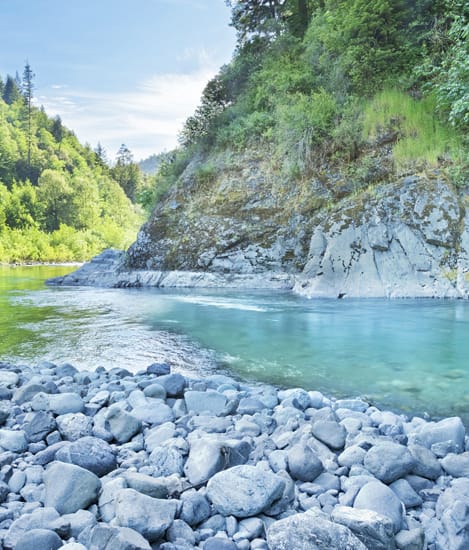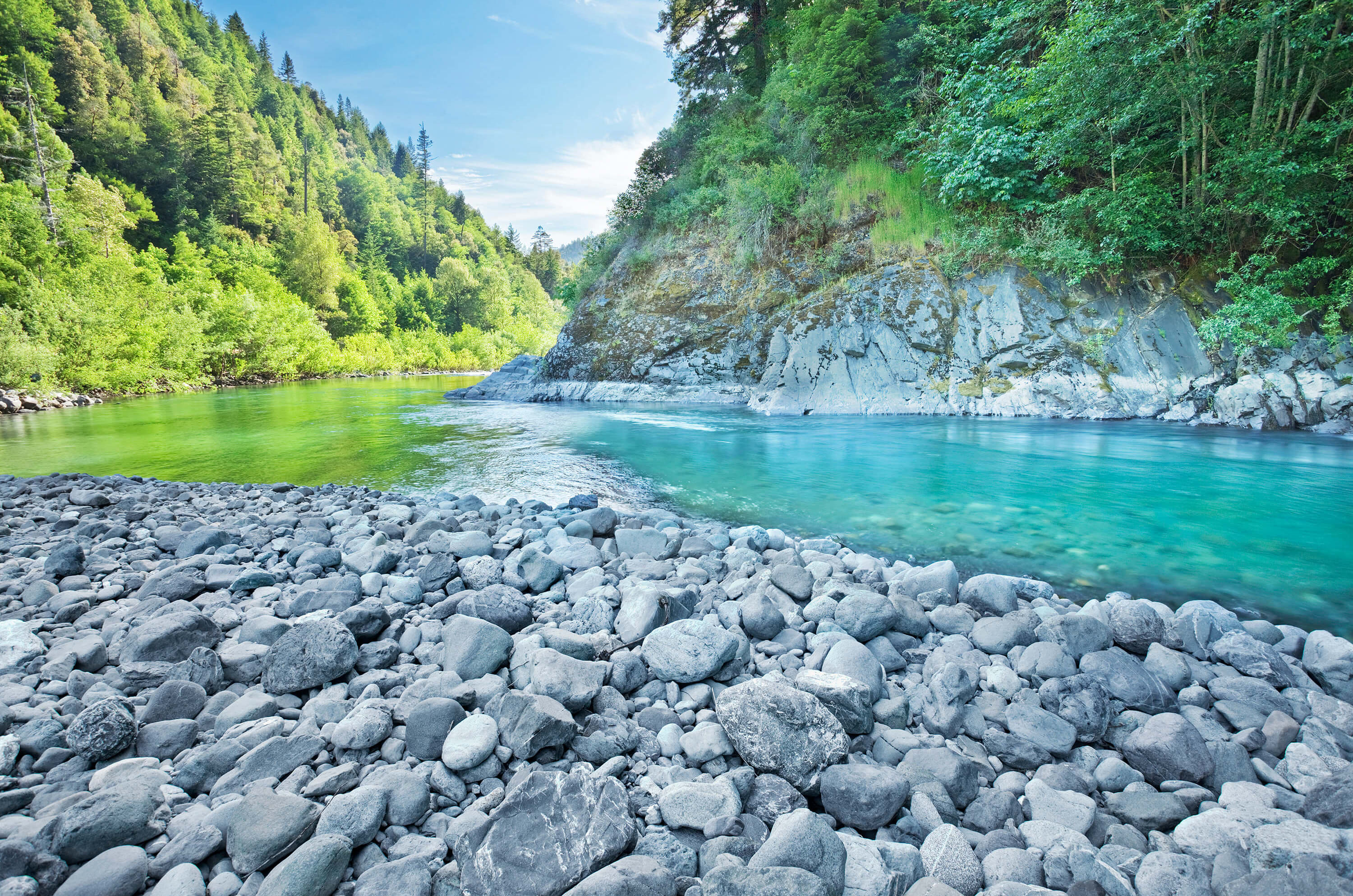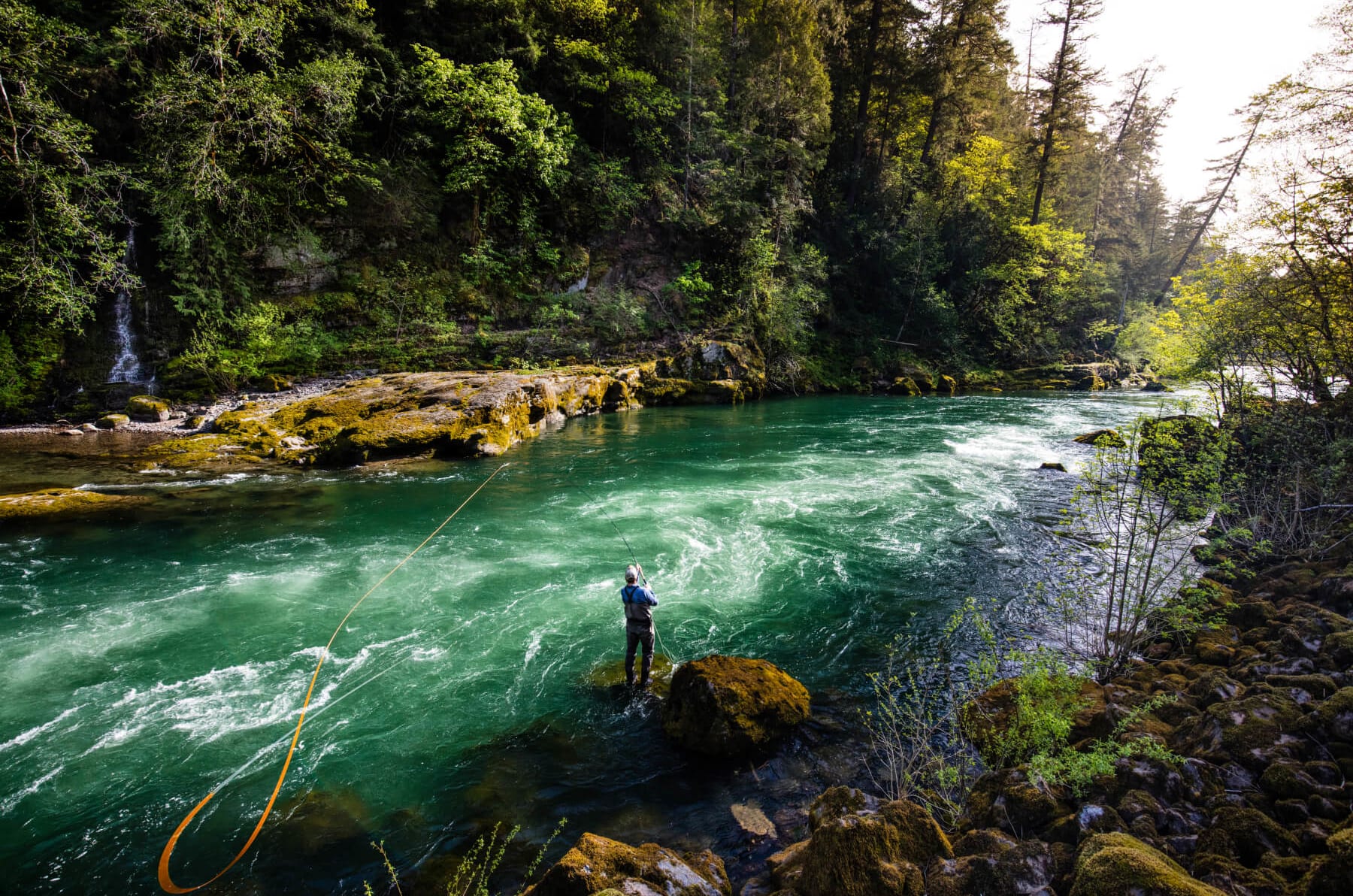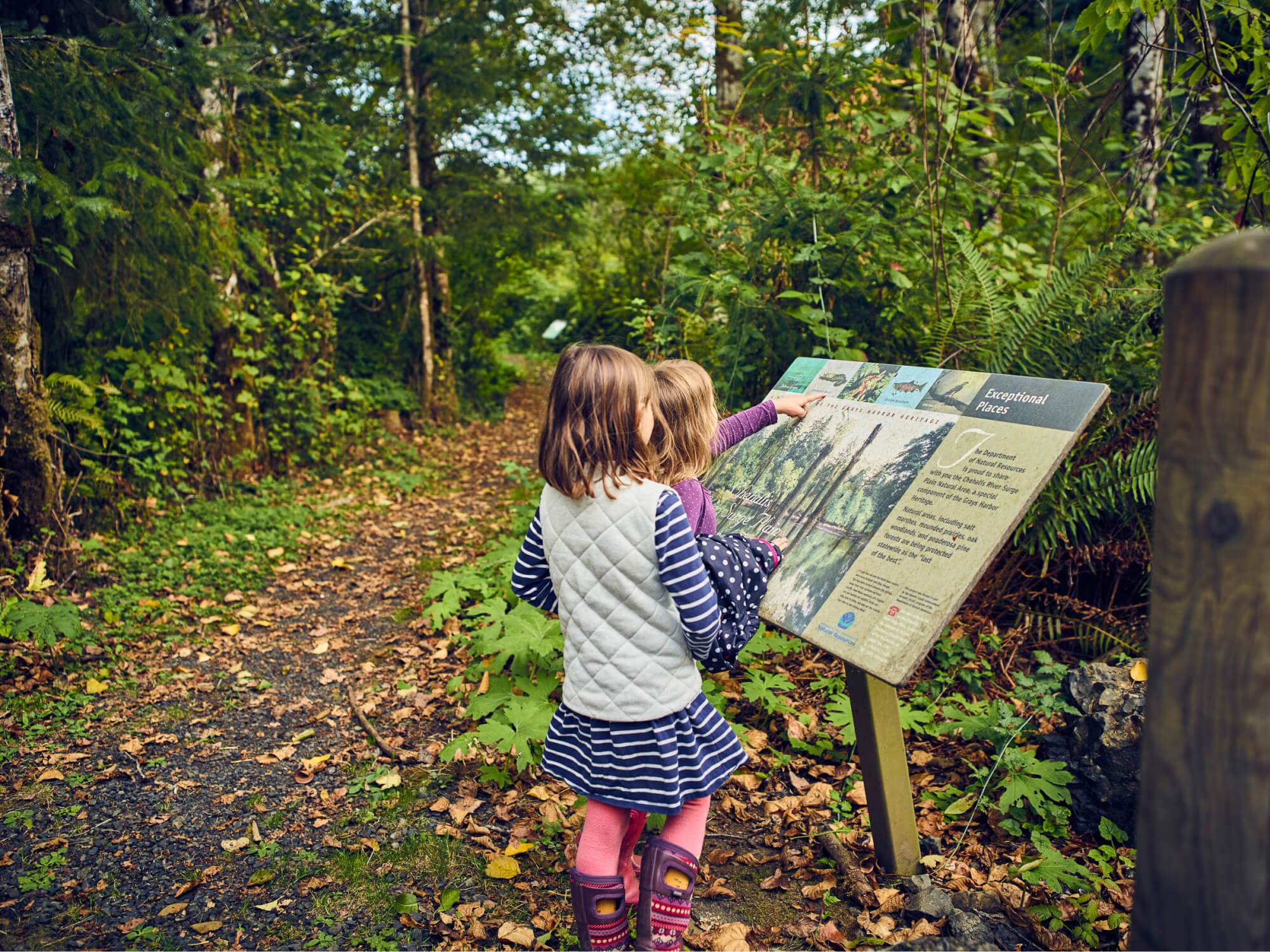Every year, millions of birds—ducks, geese, songbirds, swans, herons, grebes and others—take to the skies along the Pacific Flyway, an aerial super-highway stretching from Patagonia to Alaska. Along the way, fully two-thirds of them descend on the upper Klamath Basin, where six national wildlife refuges protect a freshwater mosaic of lakes and meadows that draw more than 260 bird species throughout the year. Western Rivers Conservancy had the rare opportunity to expand one of these refuges—the Klamath Marsh National Wildlife Refuge—with vital wetlands and stream flows that will rejuvenate the Klamath Marsh and upper Williamson River for birds, fish, wildlife and recreationists alike.
Our effort centered on the Williamson River, a renowned trout stream that winds through the 40,000-acre Klamath Marsh and then provides much of the inflows to Upper Klamath Lake, the source of the Klamath River.
Where the Williamson enters the wildlife refuge, WRC conserved the 2,200-acre Timmerman Ranch, which holds significant water rights along the river. Three miles of the Williamson meander through the property, which we purchased in November 2019, and feed a series of wet meadows that provide excellent feeding and nesting habitat for waterfowl and crucial water for the adjacent refuge. In April 2020, we conveyed the land, along with the ranch's water rights, to the U.S. Fish and Wildlife Service to expand the wildlife refuge and recreate the river’s natural meanders, helping to ensure the Williamson’s consistent, spring-fed flows continue to sustain these vast wetlands.
Each season, tens of thousands of birds arrive on the property, including sandhill crane, Foster’s tern, dowitchers, sandpipers, trumpeter swans, gadwall, cinnamon teal and dozens of other species. Some 200 pairs (roughly half of the West’s breeding population) of the secretive yellow rail, a tiny, rarely seen marsh bird, nest in the Klamath Marsh. Deer, elk, antelope and the state-sensitive American fisher all rely on the property’s ponderosa pine forests. The project also benefits the Williamson’s scale-tipping native redband and rainbow trout, as well as two endangered sucker fish and the state-sensitive Miller Lake lamprey.
Our efforts at Timmerman Ranch have improved water conditions in the upper Williamson and Klamath Marsh, benefitting the Klamath River system as a whole. By delivering increased headwater flows and better water quality, this project will bolster the efforts of all who depend on a healthy Klamath River, including the Klamath Tribes, the agricultural community and recreationists. Most of all, we have improved conditions for the fish and wildlife of the Klamath River system, which sustains some of the most diverse bird life and greatest salmon runs in the West.
For up to date access information please visit the Klamath Marsh National Wildlife Refuge website.














